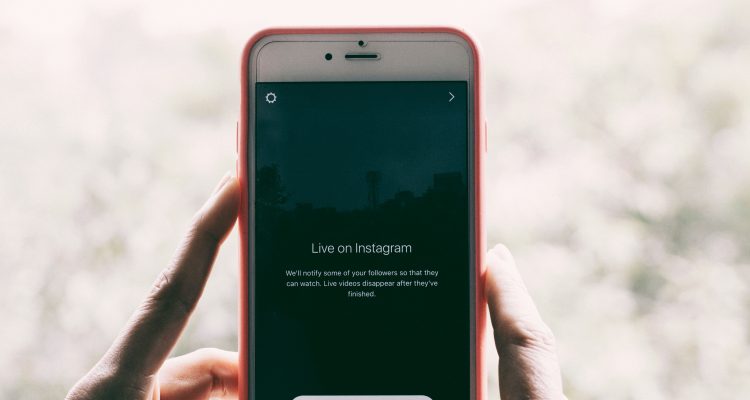Gillian writes, “In between being awake and sleeping, I need to be on my phone checking endless social media accounts in order to keep up with every friend and acquaintance whose lives somehow ended up in my daily scrolling…if I were to print and lay out every inch of Instagram and Facebook I have examined, I’ll bet it would circle the planet three times…The smartphone exists to provide a barrier between people in order to make both parties feel more secure and comfortable, allowing each person to remain in his or her security bubble forever…In a time when I’m supposed to be meeting new people, having new experiences and breaking out of my shell, I feel more and more as though phones act as a virtual wall. Now, my conversations consist of dehumanized, emotionless messages used for necessity that are conducted without essential facial expressions or body language (i.e., texting)…I often think of how different the high school experience must have been for my parents’ generation, or even just 15 years ago, when two people seated next to each other with common interests and mutual friends were able to have a civil conversation without looking down at their phones in order to avoid eye contact…In my experience, the only way to truly be connected with the thoughts and feelings of others is by disconnecting everything else.”
Gillian’s words struck me as even more important upon the release of the latest report on “Teens, Social Media & Technology” from the Pew Research Center. Here are some highlights from the report on the social media and technology habits of our 13- to 17-year-olds:
• 94 percent of teens report going online daily, including 24 percent who say they go online almost constantly.
• Almost three-quarters of teens have or have access to a smartphone; 30 percent have a basic phone.
• 12 percent of teens say they have no cellphone of any type, which means your kid is not the only kid in the world who doesn’t have a smartphone. There are others!
• Surprise, surprise…Facebook remains the most-used social media site with 71 percent of all teens using the site. Instagram is a not-so-close second, with a little more than half of all teens using the platform.
• Texting continues to become an important way to communicate; 90 percent of teens with phones or with access to phones exchange texts, with a typical teen sending and receiving 30 texts a day.
What are some of the takeaways that youth workers should embrace from this report?
First, it’s not at all surprising that media time continues to eclipse family time. We not only are spending more and more time with our greater number of media devices, but that time is personal rather than corporate time. In other words, we not only are focusing our attention on our screens, but we are doing so in isolation from one another. We are decreasingly focused on each other or with each other.
Second, media is a primary nurturing institution. It’s a window into the world, and the culture is jumping through that window and onto the laps of our kids, catechizing them 24/7…and by doing so shaping their identity and worldview.
Third, if we’re spending more and more time with our devices, it follows that we must be taking that time from somewhere else, leaving us spending less and less time on things that used to take up our time and attention. While we might be shifting from things that aren’t all that constructive, it’s highly likely—maybe more likely—that our attention is being shifted away from things that truly matter to things that shouldn’t matter at all. In effect, online time may be wasted time.
Fourth, time spent on social networking typically involves a good portion of curationism. Tending to our online personas not only results in the fabrication of false identities (usually), but it also includes a good dose of share-enting (parents putting their kids out there in an effort to make themselves look good). These practices feed and nurture narcissism. In addition, they leave our kids thinking their value and worth lies in appearance, accomplishment and achievement.
As youth workers, we need to push against these trends when we see them influencing students and their families in negative ways. We can offer them the experience of tech-free times. I recently read about a west coast school that conducted a little experiment called “Tech Timeout Academic Challenge.” The students agreed to seal their smartphones and other screens in manila envelopes for three days to experience life apart from accessible technology. Some couldn’t last the entire three days. Some made it. All of them of them learned a little bit about just how much our technological tools are shaping us.
When I speak to parents, youth workers and teens about using social media to the glory of God, I never tell them to trash their devices. Rather, we talk about best practices. One of those best practices is to move slowly and carefully into the world of technology.
A bit of wisdom from Proverbs is timely, for sure: “The prudent sees dangers and hides himself, but the simple go on and suffer for it” (v. 22:3). So maybe, just maybe, our carelessness is contributing to what one day might be seen as the slow, self-inflicted death of vital aspects of our humanity.




